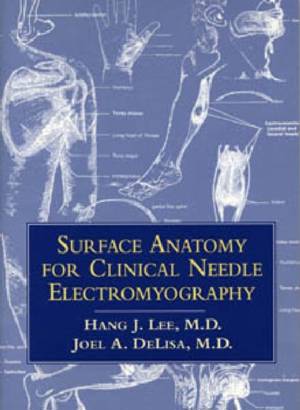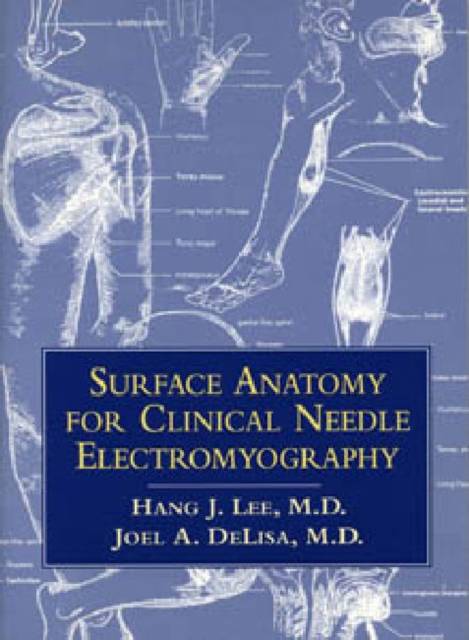
- Retrait gratuit dans votre magasin Club
- 7.000.000 titres dans notre catalogue
- Payer en toute sécurité
- Toujours un magasin près de chez vous
- Retrait gratuit dans votre magasin Club
- 7.000.000 titres dans notre catalogue
- Payer en toute sécurité
- Toujours un magasin près de chez vous
Surface Anatomy for Clinical Needle Electromyography
Joel A Delisa, Hang J Lee
Livre broché | Anglais
111,95 €
+ 223 points
Description
From residents to seasoned practitioners, a detailed knowledge of surface and functional anatomy is essential before a needle electrode can be inserted into a muscle with optimal effectiveness and minimal discomfort to the patient. This book, written by long-time experts in the field, gives the tools for conducting an accurate, well tolerated needle EMG examination - based on identifiable landmarks and a keen understanding of musculoskeletal anatomy.
Highlights of this practical clinical resource:
- Each muscle is systematically described by its origin, insertion, innervation, and action. Optimal patient positioning and the needle electrode location, as well as the brief clinical notes, allow easy access to any relevant topics
- Exquisite illustrations throughout highlight clinical landmarks and aid in needle electrode placement, especially in deep muscles that may be difficult to identify
- Anatomic guidelines for the entire body are covered in twelve comprehensive sections
- Alternative methods of needle placement are discussed and compared
For all electromyographers in practice and training, this book offers key information for minimizing the number of needle penetrations, reducing patient discomfort, shortening the length of the examination, and obtaining precise diagnostic information. Especially when dealing with an uncooperative or limited patient, it allows the electromyographer to visualize the underlying anatomy and electrode path for maximum results.
Find these typical guidelines for muscle sampling:
- Work from proximal to distal in the limb, as the proximal muscles are usually less sensitive to needle insertion than the distal small muscles
- Test the weakest muscle first, as it has the greatest probability for revealing abnormalities. However, interpret carefully as the end stage of muscle pathology does not reveal significant findings.
- Examine less painful muscles first intrinsic muscles of the hands and feet are usually very sensitive.
- Be aware that some patients prefer needle EMG to the shocks associated with nerve conduction studies.
- Consult an expert before proceeding with studies on unfamiliar muscles -- and take all necessary precautions when planning the examination.
Spécifications
Parties prenantes
- Auteur(s) :
- Editeur:
Contenu
- Nombre de pages :
- 233
- Langue:
- Anglais
Caractéristiques
- EAN:
- 9781888799415
- Date de parution :
- 01-10-99
- Format:
- Livre broché
- Format numérique:
- Trade paperback (VS)
- Dimensions :
- 167 mm x 229 mm
- Poids :
- 394 g







